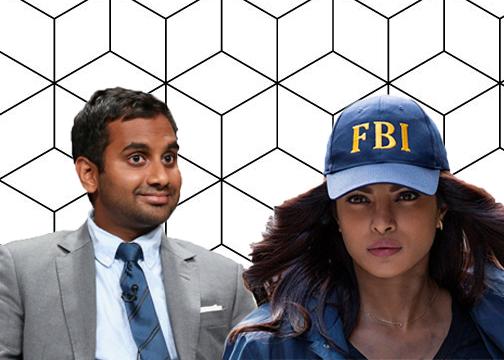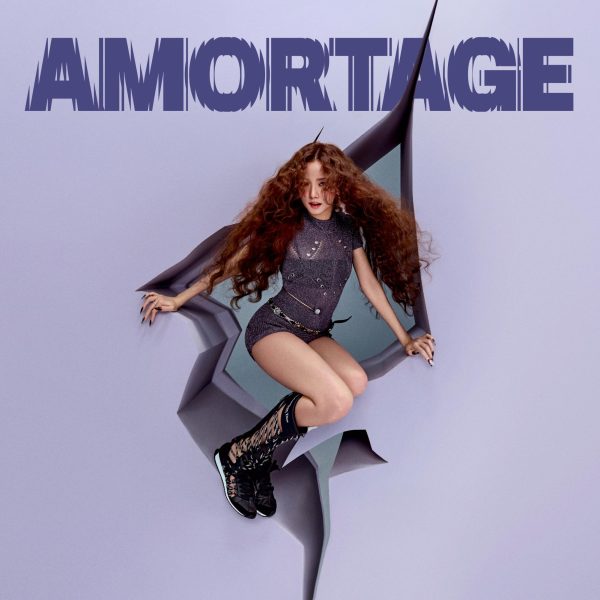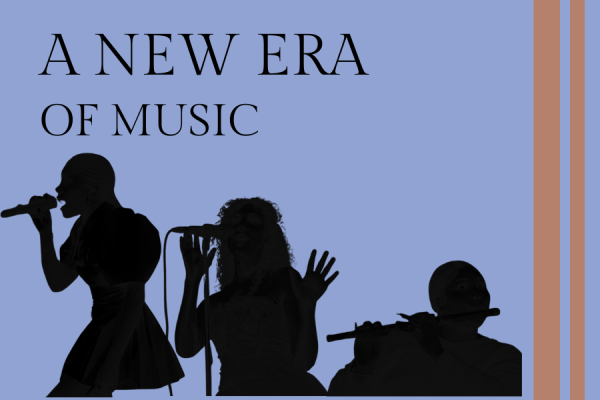OPINION: American Media Misrepresents Indian Culture

The history of the representation of minorities in the film industry has been an uncomfortable one. And although blackface is now firmly out of bounds in modern media, somehow, the use of brownface to caricature a whole race remains a viable option for comic relief. It is understandably difficult to find Indian actors to fill roles when there are so few of them in the American film industry; however, this does not give an excuse to paint a white man brown, slap on a shoddy accent and ask him to make a mockery of a race. Even when Indians are cast into shows and movies, they are rarely central characters. Instead, they are cast to accessorize the white main character. In order for an audience to view an Indian character independently from his race, two things need to happen. Firstly, Indians need to stop accepting a public mockery of their culture as a compliment. This is arguably the most depressing aspect of this issue. Indians often applaud any appearance of a fellow Indian on public media, regardless of the portrayal or the implications. “Hey, he’s one of us. He’s playing a thick-accented, awkward grad student, but at least we made it on the screen”; that’s all they see. Secondly, producers need to understand Indians are more than just two trick ponies (who function as either comedy relief or as a token minority on an overwhelmingly white cast) and give them a fair chance in casting. When both of these things happen, Indians can finally move past their current dismal representation in public media.
When someone says “Indian”, the most common image is one of a thickly-accented, sexually undesirable, model minority. Caricatures including The Big Bang Theory’s Raj Koothrappali and Ashton Kutcher’s Popchips debacle have effectively slaughtered public opinion of a whole race. The biggest problem with this is that Indians often buy into this skewed representation and learn to appreciate it, because it is generally all they get. For example, I remember watching a Transformers movie with my brother and father, and noticed my father chuckling during a scene: amidst an intense battle scene, a soldier tries to make an “emergency Pentagon call” only to reach a disinterested, Indian call-center worker. When I asked my father if he found this depiction at all offensive, he laughed it off and said he was glad there was at least one Indian in the movie. This is what we have learned to settle for — dehumanizing parodies of our race. Even when such a portrayal is pointed out as offensive (as was Kutcher’s Popchips commercial), Indians are expected to take the joke (or as Popchips said, “[The campaign] was created to provoke a few laughs…We hope people can enjoy this in the spirit it was intended”). Had Popchips opted to paint Kutcher black instead of brown, the media would have had a field day tearing the company to the ground. So why is it that Indians are included in a small subset of races that are feasible punchlines? Because they have resigned themselves to accept these portrayals. When Indians start to grasp that they should not be used as the butts of these sophomoric jokes, only then will the media begin to represent them as the complex, intricate group of people they are.
But changing Indians’ perception of themselves is only half the battle. The other half is convincing producers that Indians are not just manifestations of a joke or side characters, but a set of unique individuals who have the capability to add a new texture to American public media. Of the shockingly few appearances of Indian characters, many of them are not played by Indian people. From Short Circuit 2’s Benjamin Jahrvi to The Simpsons’ Apu, white people repeatedly “brown-up” to fill these minority roles. Understandably, it is harder to find just the right Indian to play an Indian character when the pool of Indian actors is already so small. This still does not warrant the pasting of a white man into the role of an Indian man. It just means producers must try harder to get an Indian person to play an Indian character. Just like producers wouldn’t apply black-face to a white man if they couldn’t find a black man to play the black character, Indians should be no different. Even when Indian characters go to Indian actors, more often than not, these characters are mere plot accessories — just there so producers can claim diversity and appease the 60% non-white American population. American-born Indian actor Aziz Ansari considered auditioning for a role in The Martian as one of the few Indian characters only to decide against it when he realized the film was essentially “about a white guy stuck on Mars for two hours” which “didn’t seem worth taking a break from [his] projects”. This is a disappointingly common trend in American public media: main roles go to white men since they apparently encompass the whole American population and won’t seem “out of place”. However, the general public has yet to point to a central minority character (like Priyanka Chopra in Quantico and Viola Davis in How to Get Away with Murder) and say “They don’t look right. Why are they there?” In other words, the public does not scrutinize the races of characters as much as producers would like to believe. Placing Indian actors in central roles may seem like a simple task, but the action goes a long way. It provides a strong counterpoint to the myriad of cheap, racially insensitive jokes that dot American media and may eventually contribute to the movement of Indians into a place where they can be seen regardless of their race.





